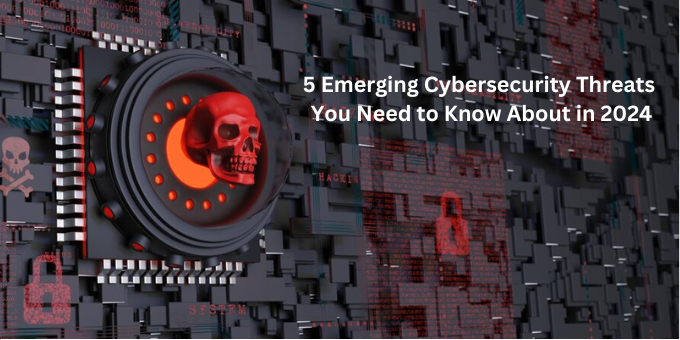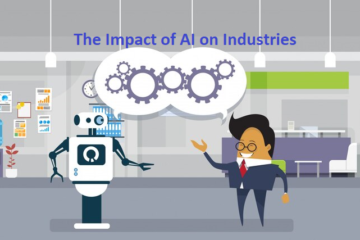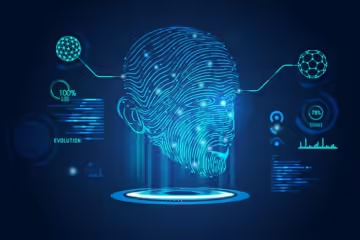With each passing year, the realm of cybersecurity becomes more intricate and challenging to navigate. As technology evolves, so too do the tactics of cybercriminals, presenting new threats that individuals and organizations must be prepared to combat. In 2024, the cybersecurity landscape is no exception, with several emerging threats demanding attention and proactive measures. In this article, we’ll delve into five of the most pressing cybersecurity threats that individuals and organizations need to be aware of to safeguard their digital assets.
Quantum Computing and Cryptographic Vulnerabilities:
The advent of quantum computing brings with it immense computational power, capable of solving complex problems at speeds unattainable by traditional computers. While this promises significant advancements in various fields, including healthcare and finance, it also poses a profound threat to cybersecurity. Quantum computers have the potential to break current encryption algorithms, rendering widely-used cryptographic methods ineffective. As quantum computing capabilities continue to progress, the need for quantum-resistant cryptography becomes increasingly urgent. Organizations must anticipate this paradigm shift and invest in quantum-safe encryption protocols to protect sensitive data from future quantum attacks.
AI-Powered Cyberattacks:
Artificial intelligence (AI) has become an indispensable tool in cybersecurity, empowering defenders to detect and respond to threats more effectively. However, cybercriminals are also harnessing AI capabilities to orchestrate sophisticated cyberattacks. AI-powered malware can autonomously adapt its tactics and evade traditional security measures, making it challenging to detect and mitigate. Furthermore, AI-driven social engineering attacks, such as deepfakes, pose significant risks, enabling malicious actors to impersonate individuals and manipulate digital content convincingly. As AI technologies become more pervasive, organizations must fortify their defenses with AI-powered cybersecurity solutions to stay ahead of evolving threats.
Supply Chain Vulnerabilities:
Supply chain attacks have emerged as a prominent cybersecurity threat, targeting interconnected networks of vendors, partners, and service providers. By infiltrating a trusted third-party within the supply chain, cybercriminals can compromise the entire ecosystem and gain unauthorized access to sensitive data and resources. These attacks can have far-reaching consequences, leading to data breaches, operational disruptions, and reputational damage. To mitigate supply chain vulnerabilities, organizations must implement robust security measures, conduct thorough risk assessments of third-party vendors, and establish clear protocols for incident response and remediation.
Internet of Things (IoT) Exploitation:
The proliferation of Internet of Things (IoT) devices presents a fertile ground for cyberattacks, as many devices lack adequate security controls and are susceptible to exploitation. From smart home gadgets to industrial sensors, IoT devices are often deployed with default or weak passwords, making them easy targets for hackers. Compromised IoT devices can be leveraged to launch large-scale distributed denial-of-service (DDoS) attacks, infiltrate networks, or steal sensitive data. Securing IoT ecosystems requires a multi-layered approach, including device authentication, encryption, and continuous monitoring to detect and respond to anomalous activities effectively.
Hybrid Workforce Security Risks:
The shift towards remote and hybrid work models has introduced new cybersecurity challenges, as organizations grapple with securing dispersed workforces and diverse endpoints. Remote employees accessing corporate networks from unsecured devices or networks increase the risk of phishing attacks, data breaches, and insider threats. Moreover, the blurring boundaries between personal and professional devices exacerbate security vulnerabilities, necessitating robust endpoint protection and access controls. Organizations must prioritize cybersecurity awareness training for remote employees, enforce stringent authentication measures, and implement secure remote access solutions to safeguard critical assets in a hybrid work environment.
Conclusion:
As we navigate the complexities of the digital age, staying vigilant against emerging cybersecurity threats is paramount. By understanding the evolving threat landscape and adopting proactive security measures, individuals and organizations can bolster their defenses and mitigate the risks posed by these emerging cyber threats in 2024 and beyond. As the cybersecurity landscape continues to evolve, adaptability, innovation, and collaboration will be key to staying one step ahead of cyber adversaries.





